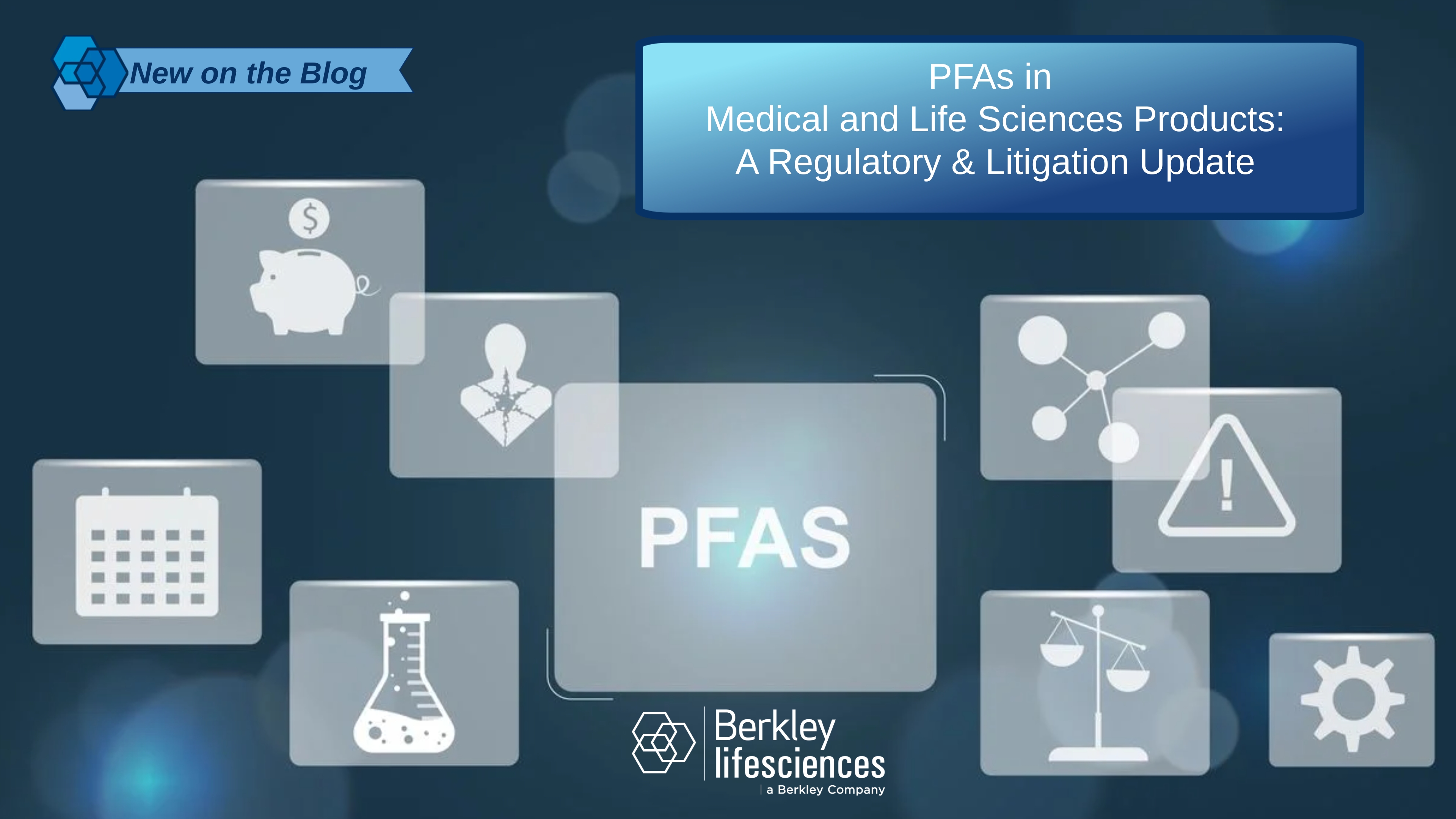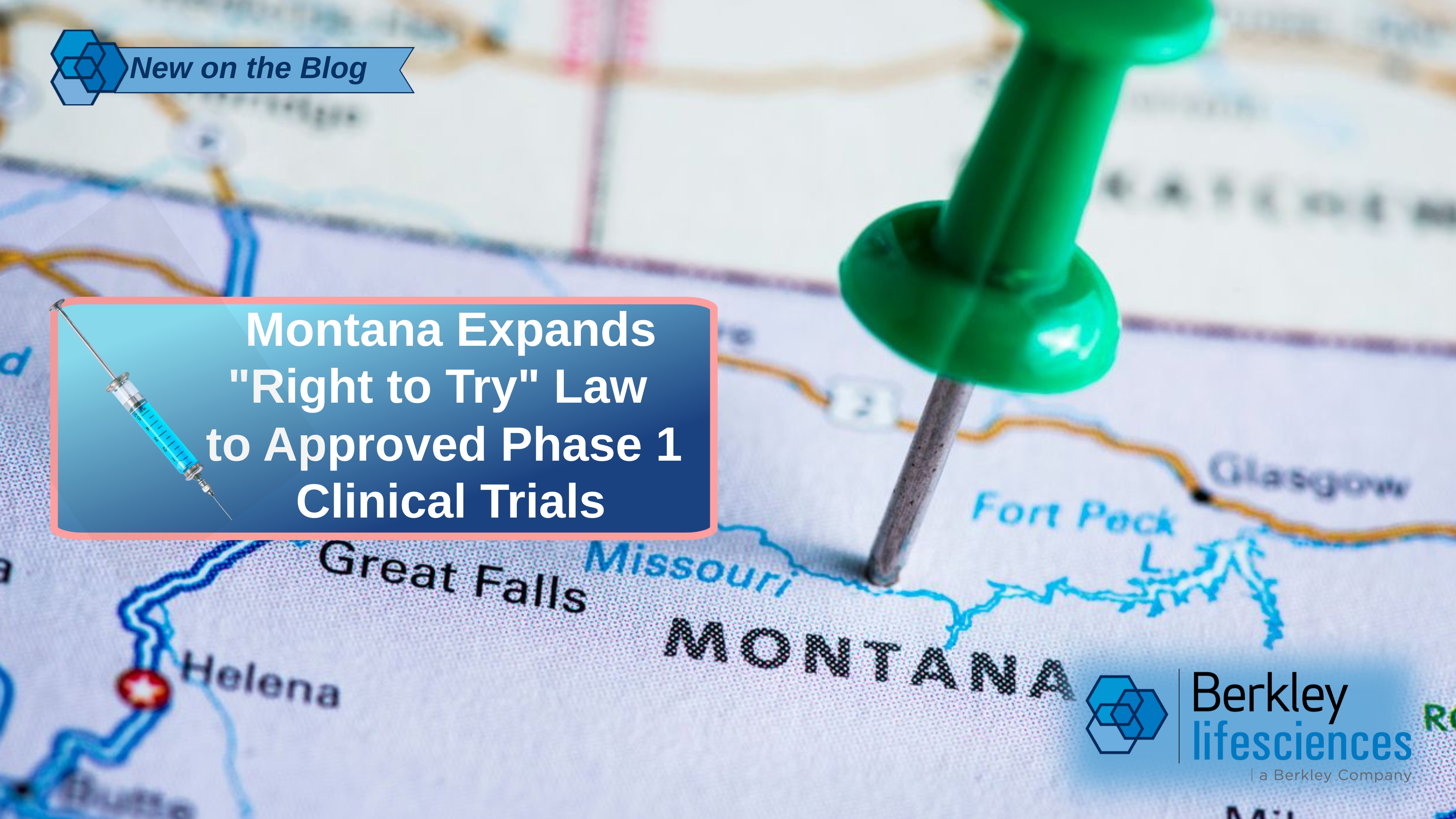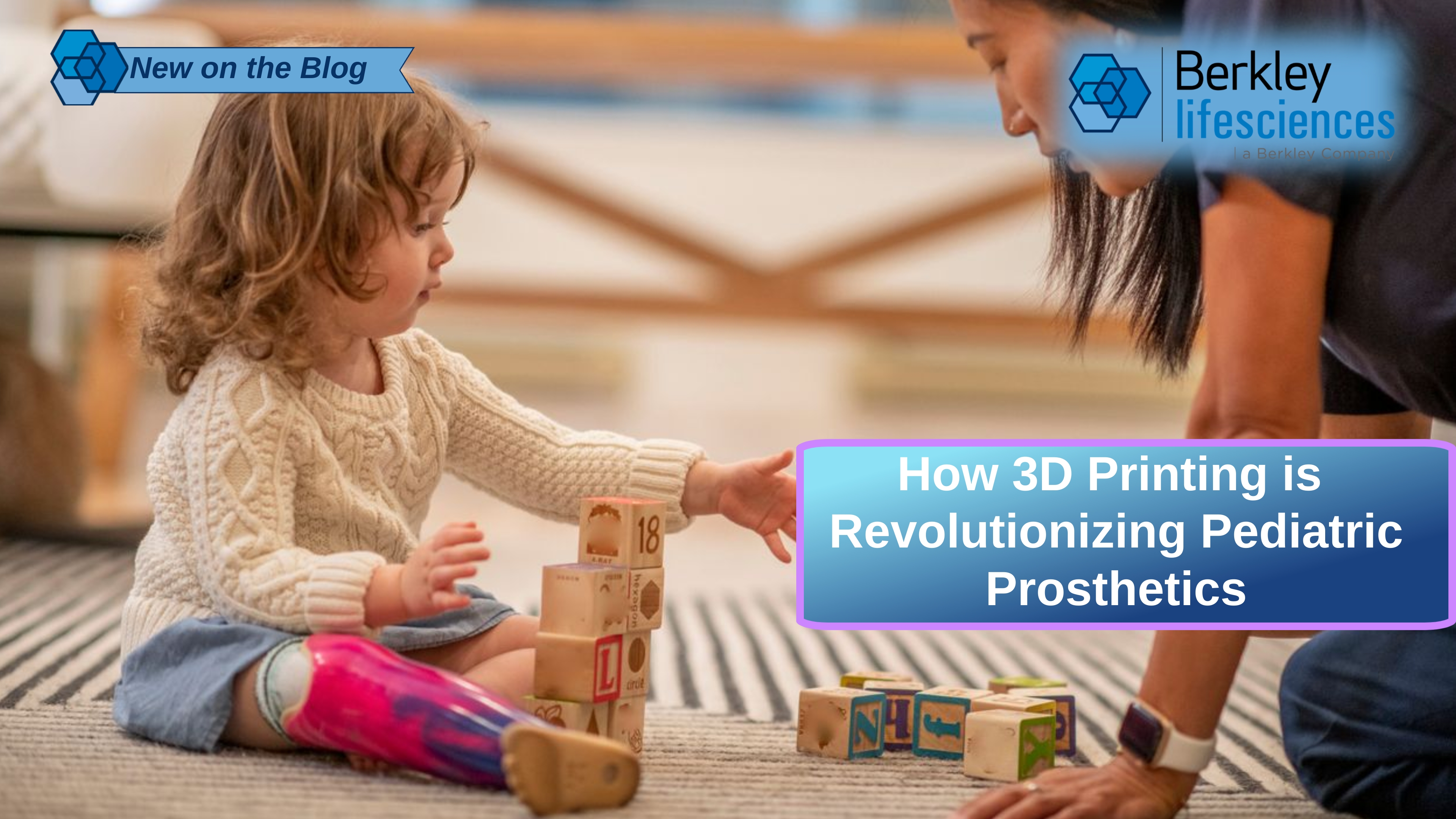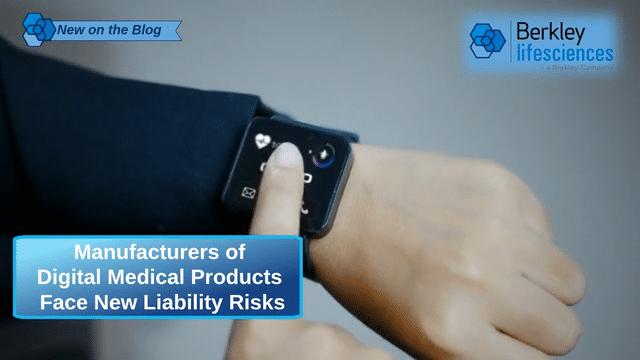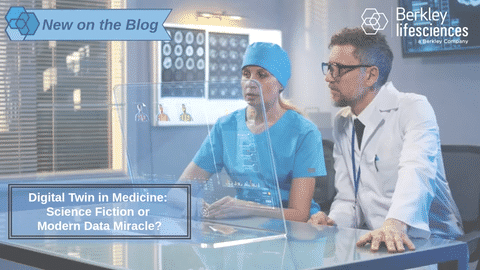Disappointing GLP-1 Results in Alzheimer’s Trial: Underscores Promise (and Limits) of Single-Agent Approaches
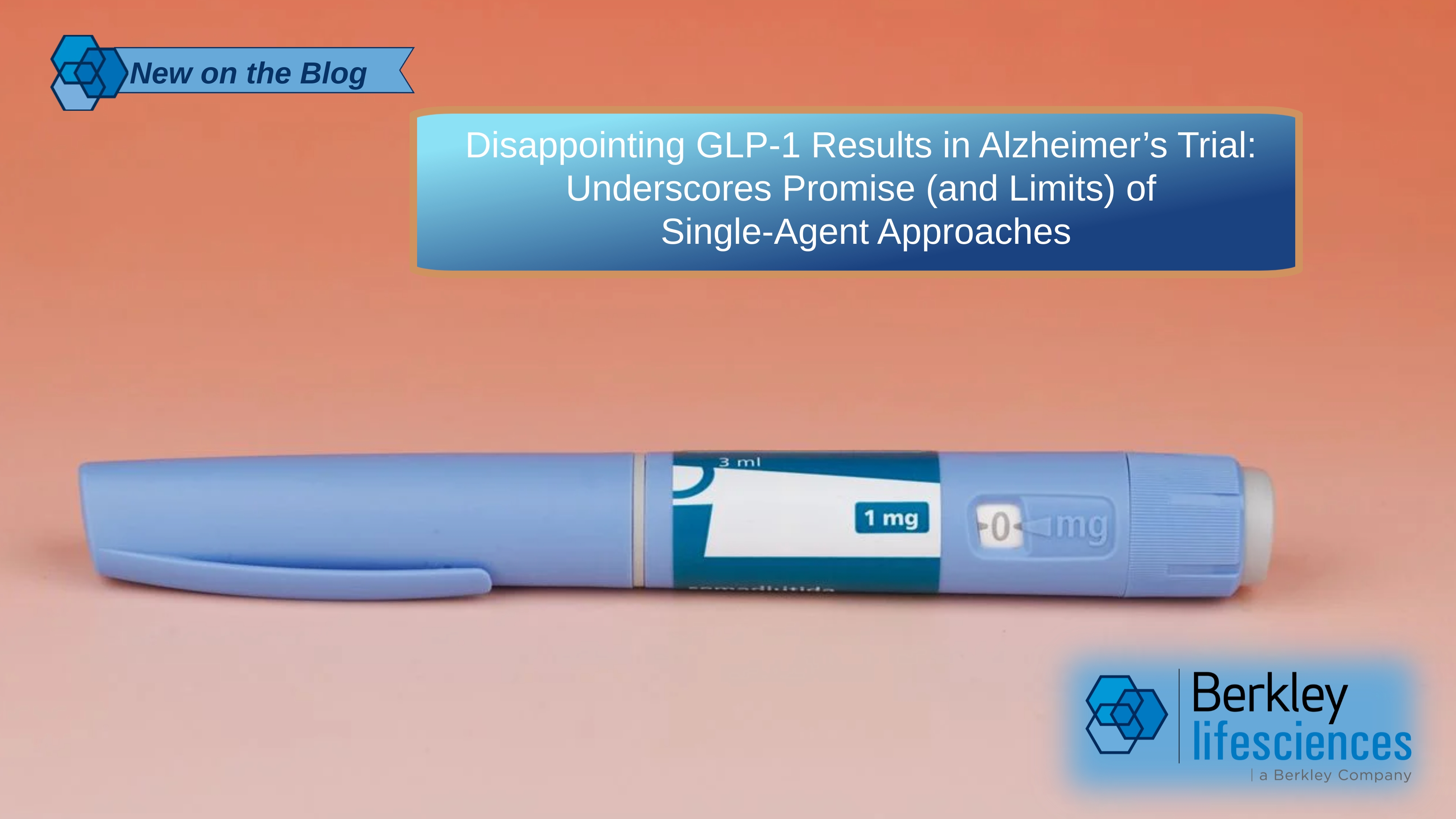
Scientists have studied Alzheimer’s disease for over a century, since Alois Alzheimer’s initial description of brain abnormalities in a patient with presenile dementia. Today, amyloid‑beta plaques and tau tangles are recognized as hallmarks of the disease, though its causes are complex and multifactorial.
Read More


